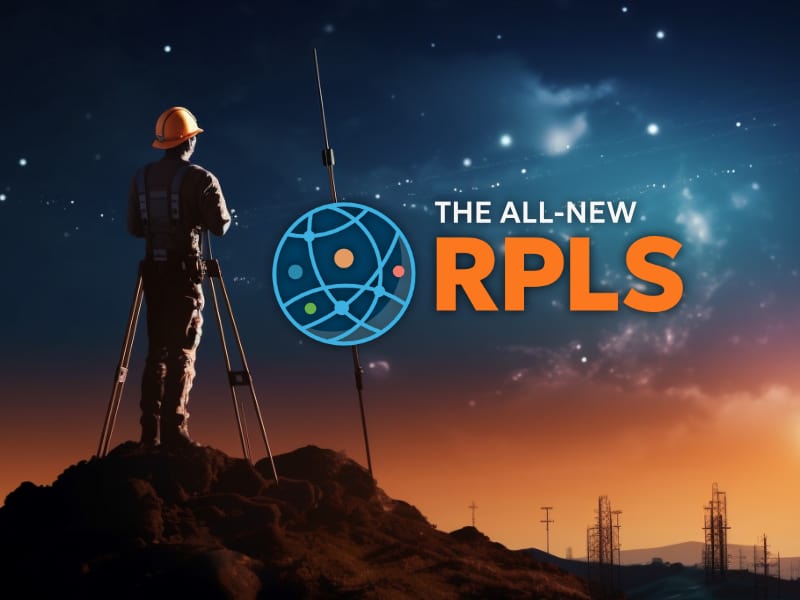Jim Frame
Well-Known Member
I'm demo'ing a VRS subscription for use in an upcoming project in which I hope to use RTN vectors in OPUS Projects via GVX export. In its current form, the J-Field GVX exporter has some problems, and I've been working with John Roscoe in Support on the ones I've identified so far. But I encountered a new one today that's got me stumped: the Javad GVX files don't include the physical RTN antenna position, only the virtual base position, which is very close to the rover location. Without that physical base position, there's no way for OPUS Projects (or any other software) to adjust the RTN vectors.
I've been making fixes to my GVX files to address the deficiencies I've found so far (only 1 is serious, consisting of incorrect values in one of the correlation fields), and thought I could do the same for the physical base position. But everywhere I've looked in J-Field and the various files saved in a project archive, I've not found it.
I know that the RTN sends that data to the rover, because I've worked with Trimble GVX files that have it. Is J-Field really not storing that information?
I've been making fixes to my GVX files to address the deficiencies I've found so far (only 1 is serious, consisting of incorrect values in one of the correlation fields), and thought I could do the same for the physical base position. But everywhere I've looked in J-Field and the various files saved in a project archive, I've not found it.
I know that the RTN sends that data to the rover, because I've worked with Trimble GVX files that have it. Is J-Field really not storing that information?


